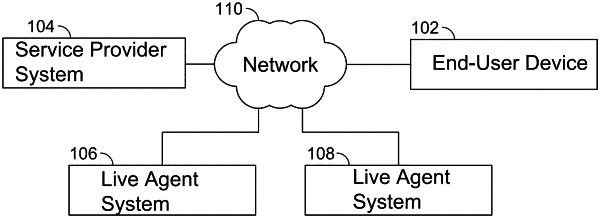| CPC G10L 13/086 (2013.01) [G06F 40/274 (2020.01); G06F 40/58 (2020.01); G10L 15/005 (2013.01)] | 20 Claims |

|
1. A method comprising:
receiving, for a conversation bot, a conversation design that enables the conversation bot to provide a service using a conversation flow specified at least in part by the conversation design, wherein the conversation design specifies in a first human language at least a portion of a message content to be provided by the conversation bot;
deploying the conversation design with the message content in the first human language;
identifying that an end-user of the conversation bot prefers to converse in a second human language different from the first human language;
in response to a determination that the message content is to be provided by the conversation bot to the end-user, dynamically translating for the end-user the message content of the conversation design from the first human language to the second human language, wherein the dynamic translation from the first human language to the second human language is performed using a machine translator further in response to deploying the conversation design;
providing to the end-user the translated message content in a message from the conversation bot, wherein providing the translated message content includes combining the translated message content in the second human language and the message content in the first human language as a single combined conversation bot message presented visually together in the first human language and the second human language as from the same conversation bot;
determining to transfer the end-user from the conversation bot to a first live agent;
adding a second live agent to an existing conversation between the end-user and the first live agent; and
receiving a new message from the second live agent in a fourth human language, translating the new message from the fourth human language to the second human language and a third human language, providing the end-user the translation of the new message in the second human language, and providing the first live agent the translation of the new message in the third human language.
|